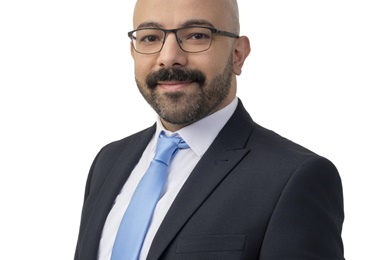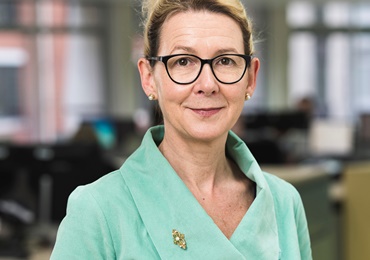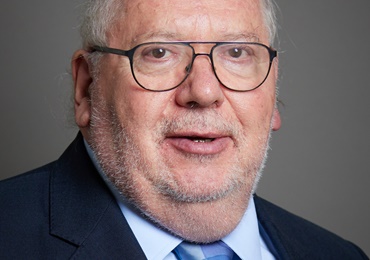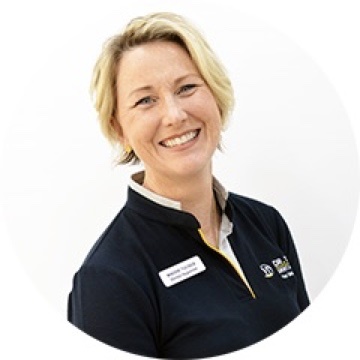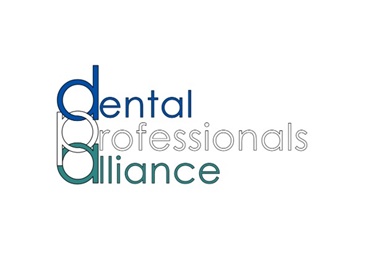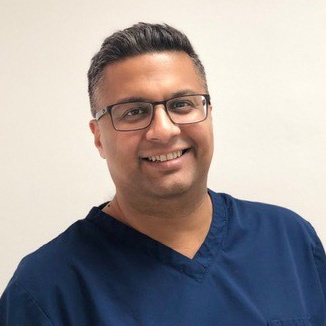Creating a personal development plan to deliver your professional learning and development needs
Our work to better understand your experiences of the Enhanced CPD scheme found that around a third of all dental professionals would like more support and guidance on how to create an effective personal development plan.
While you can find help in our comprehensive guide to the Enhanced CPD scheme, the steps set out below will also support you in developing a personal development plan that is tailored to your dental team role, lifestyle and career goals.
What is a personal development plan for?
Your personal development plan (PDP) is just that, a plan for your personal development as a dental professional.
First and foremost, creating a PDP provides an opportunity for you to consider what CPD activities will help you to maintain and develop your practice as a dental professional. It’s all about helping you to make relevant and informed choices about the CPD activities you want to undertake to be fulfilled in your work and deliver good care to your patients.
Think of it as your roadmap for your CPD journey. You might choose to, or need to, take a few detours on the way, but having a plan will make sure you keep heading in the right direction. Of course, before taking any trip, you’ll need to make sure you know the rules of the road.
So, make sure you understand your CPD requirements. Check that you:
- Know the minimum number of verifiable CPD hours you need to do for your full CPD cycle. You will need to spread your CPD out across your five-year cycle, so be clear about the need to complete a minimum of 10 hours of CPD every two years, even if you are in the first year of a new cycle.
- Understand what verifiable CPD means, and what your CPD provider needs to give you to demonstrate you have successfully completed an activity. Where your provider does not provide evidence of CPD in a certificate, you could complete a mapping table and ask them to sign it. Make sure you understand this process.
The next thing to do is identify your professional development needs.
Identifying your development needs
You can create your PDP on your own or with others, it’s up to you. Either way, the first step is to identify your learning and development needs. Think about where you want to be by the end of your journey and what you will need to do to get there.
Reflecting on your career goals and any areas of practice you want to develop is a good starting point. Think about any feedback from patients or members of your team, your work setting and the equipment you use, how you might maintain or improve your knowledge and skills, and where you want to develop your personal scope of practice.
Talking to your employer or manager about whether a performance appraisal or undertaking a learning needs assessment might help you to identify your development needs at the start of a CPD cycle. Peer reviews, clinical audits, inspection reports and patient or colleague feedback can provide useful insights for those not directly employed. Some people find it useful to look at learning needs with a mentor or a more experienced colleague.
If you are directly employed, asking for an appraisal or assessment may start a conversation about what, if any, protected time might be available to you to do CPD, or what financial support might be on offer if you think you might struggle to cover the cost of good quality CPD. If you feel comfortable doing so, you might wish to ask your employer to read the CPD section of the GDC’s guidance for employers and managers of dental professionals.
Invest time in these discussions to make sure you’re getting the most out of your CPD.
Don’t just do any CPD, make it good quality CPD
When you have an idea of the learning you want to do and the skills you need to maintain, you can further develop your plans by identifying the CPD activities you want to undertake.
As you develop your PDP, make sure that the CPD activities you’re considering relate to the work you do or the patients you see. In other words, that the learning needs you’re looking to satisfy are relevant to your current or future field of practice. Selecting CPD activities that relate to your field of practice and that deliver at least one of the Enhanced CPD scheme development outcomes will help to ensure the CPD you do is relevant and reflects the standards expected of dental professionals.
You might already know that we provide recommended CPD topics on our website. These won’t all be for everyone, because your CPD needs to be relevant to your field of practice, but check to see if there are any topics that you need to refresh regularly to ensure the safety of your patients. Plan to do more than your minimum hours to give you some flexibility as you work through your cycle, it will provide you with some options while making sure that you stay on top of the minimum requirements.
Your time is valuable, so don’t waste it on CPD activities that don’t really add any value or meet your learning or development needs. Put some effort into researching the different types of CPD activities that are available to you and explore a range of providers to make sure you’re getting value for money.
Add timeframes and the number of verifiable CPD hours you expect to complete to each CPD activity you’ve identified to your PDP. You’re now ready to set off on your journey, roadmap in hand.
Reviewing, reflecting and adjusting your plans
Remember your field of practice and learning needs are likely to change over time, so you will need to review and adjust your plans accordingly. We suggest reviewing your PDP every year to make sure it continues to relate to your role and the work you do each day.
We have created a PDP template for you to use, which includes guidance to help you to create your plans and identify good quality CPD activities. You don’t have to use the template, others are available, or you can create your own.
Reflecting on the CPD you undertake is important, but how you reflect is up to you. Try to do it at the end of each activity or at regular intervals within your cycle. Ask yourself, did an activity fulfil your learning needs, how will you incorporate what you have learned into your daily practice, what might you need to do next to further develop etc., and importantly, do your plans need to be adjusted.
You might want to reflect with your colleagues as a group and ask them for their thoughts and insights. However you reflect, think about recording your thoughts in your PDP or elsewhere. They will help you when you start planning for your next cycle.
If you need some help, check out our series of blog posts on reflective practice.
Finally, keep your completed PDP as part of your CPD record.
And enjoy the journey.
 eGDC
eGDC